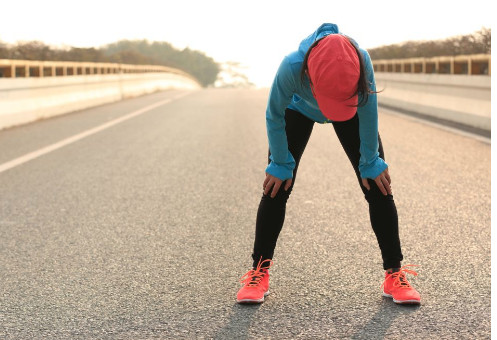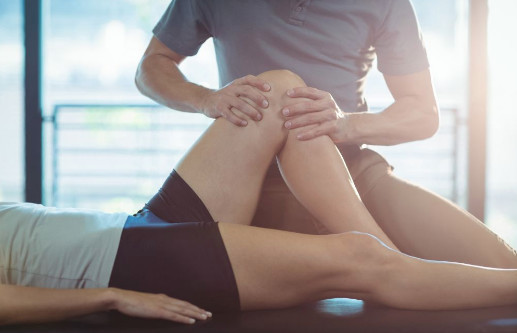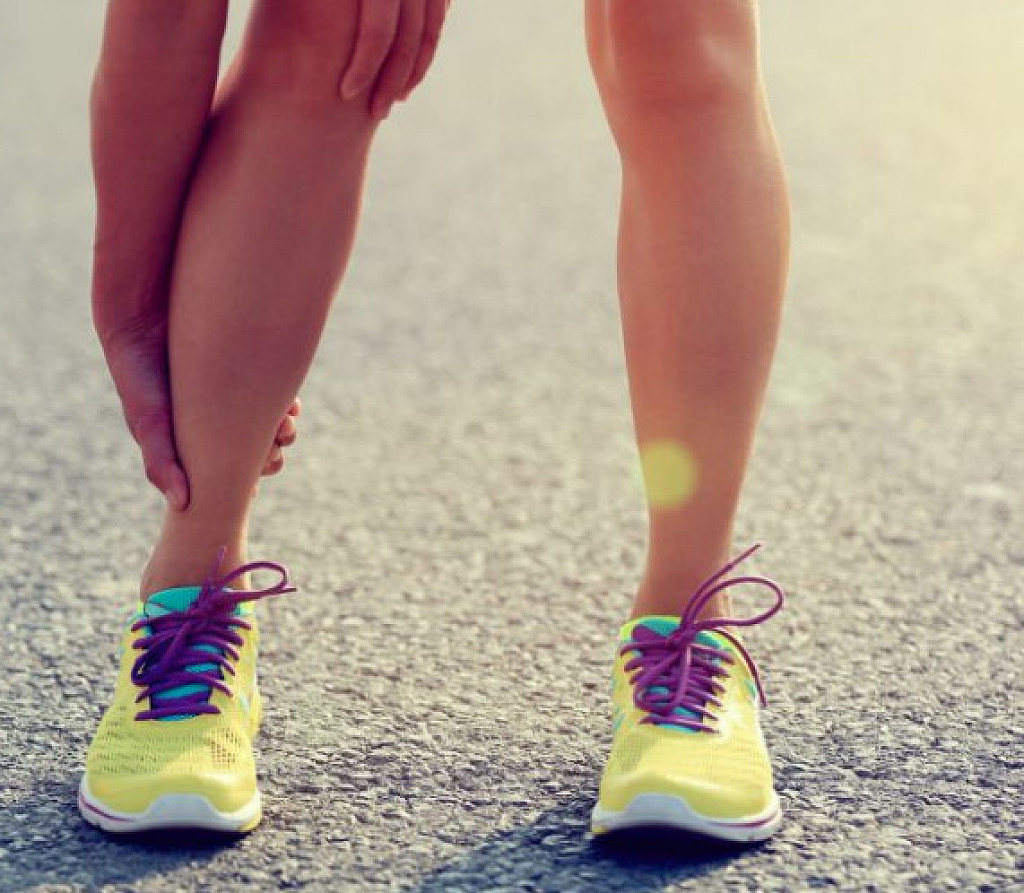Running News Daily
Running News Daily is edited by Bob Anderson. Send your news items to bob@mybestruns.com Advertising opportunities available. Train the Kenyan Way at KATA Kenya and Portugal owned and operated by Bob Anderson. Be sure to catch our movie A Long Run the movie KATA Running Camps and KATA Potato Farms - 31 now open in Kenya! https://kata.ke/
Index to Daily Posts · Sign Up For Updates · Run The World Feed
The injured runner’s guide to training through a pandemic
How to cross-train with limited facility access
Injury is never fun, but it’s especially not fun when gyms are closed and local pools cut their lane swims off at 25 minutes in length. These COVID-19 safety measures have meant that injured runners are a little hard up for training facilities. Until they’re injured, runners certainly take for granted that their primary mode of exercise can be done anywhere. As a runner who found herself injured during a pandemic, I was thankful to already own a road bike, but I was also looking for other ways to workout. Because of my time cross-training, I’ve picked up a few tips and tricks for staying fit when you can’t hit the road, track or trails.


Buy some workout bands
One of the most common causes of injury is inefficiencies which can be remedied through strength training. If you’re looking to make a more sustainable change, Max Paquette, a biomechanist, recommends strength training over gait retraining. “Strength training builds resilience, which makes your body better equipped to handle stress and in turn makes you less likely to injure the tissue. The idea that only changing gait would be more beneficial than strengthening tissue isn’t always accurate.”
If you aren’t comfortable going to the gym (as it turns out, lots of Canadians aren’t), purchasing resistance bands is one of the cheapest ways to incorporate some “weight” training into your routine. These resistance bands run from around $10 to $35 and can be purchased on Amazon or at your local running store, or if you’re looking to support an elite athlete, 2017 steeplechase world champion Emma Coburn sells them on her website.
Lake jogging is your friend
Pool running is difficult to do right now, as many public pools have opted out of opening lane swims due to social distancing regulations. If you happen to live in an area with a lake or river nearby, lake jogging is a great alternative.
A few notes on water running: it’s harder in a lake, due to the current. Also, runners are encouraged to purchase a flotation belt (which cost around $40 on Amazon) to improve form and work the muscles that they actually use when running. To make the time pass faster, throw some intervals into your water jog. A few sets of 30 seconds on, 30 seconds off is hard work, and it gets you to 60 minutes of no-impact running in no time.
Cycling is also a great alternative
If you have access to a bike, take it for a spin. The bike is a great place to do interval workouts which mimic those you would do running. But it’s important to note that cycling can lead to very tight hips, so pay special attention to them when you’re rolling out and stretching after your workout.
Don’t forget to go on walks
If you’re able to walk without pain, getting out for a few kilometres is a great idea. This will help prepare your body for the load of running when it’s eventually able to handle it again.
Get treatment
Almost all practitioners are open again for in-person visits, including physiotherapists, chiropractors and massage therapists. If you’re comfortable, getting treatment is a great idea to expedite the healing process.
Focus on what you can control
To heal an injury quickly, runners should be doing their best to sleep a lot and eat well. This is easier said than done, but in most cases, focusing on the simple things can make a huge longterm difference.
by Running Magazine
Login to leave a comment




